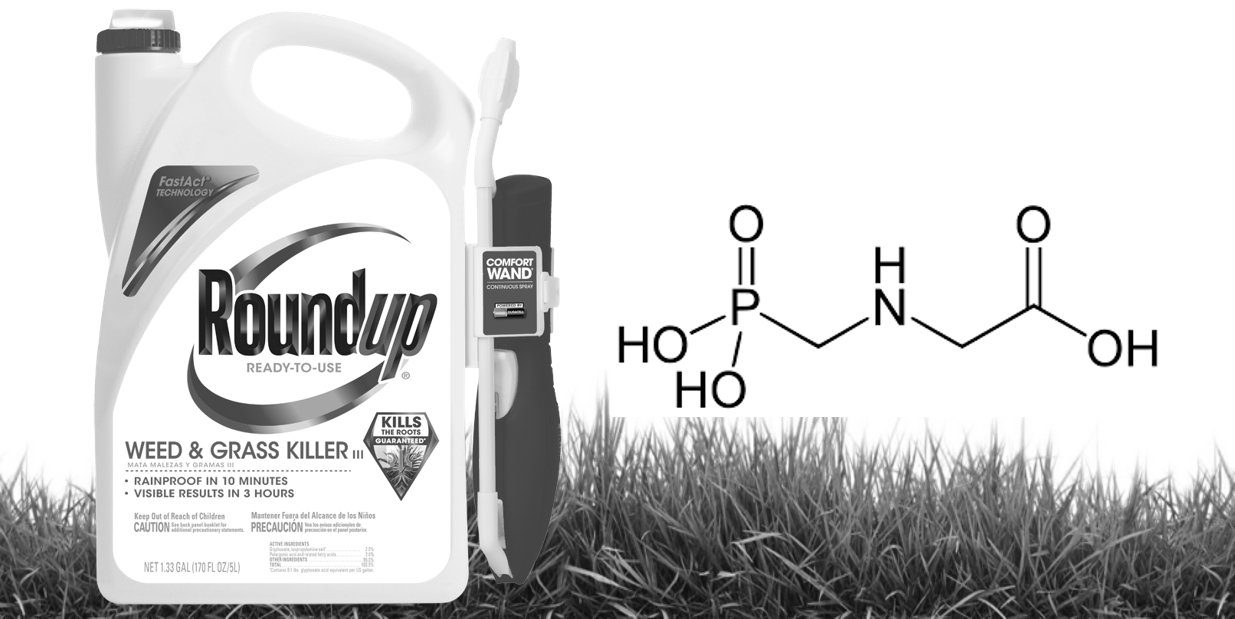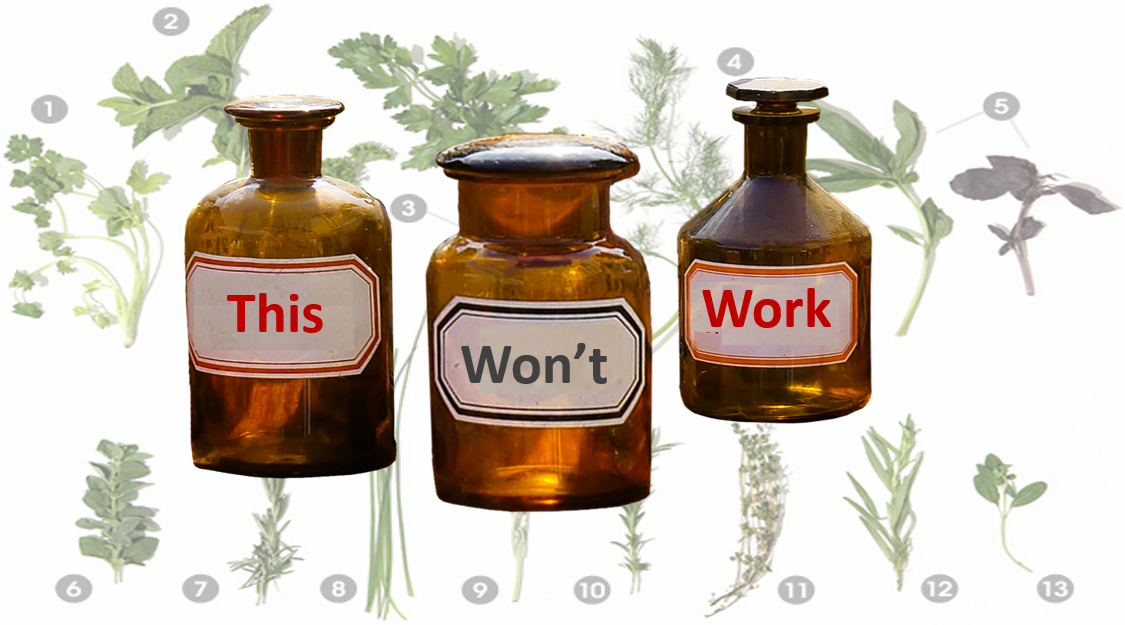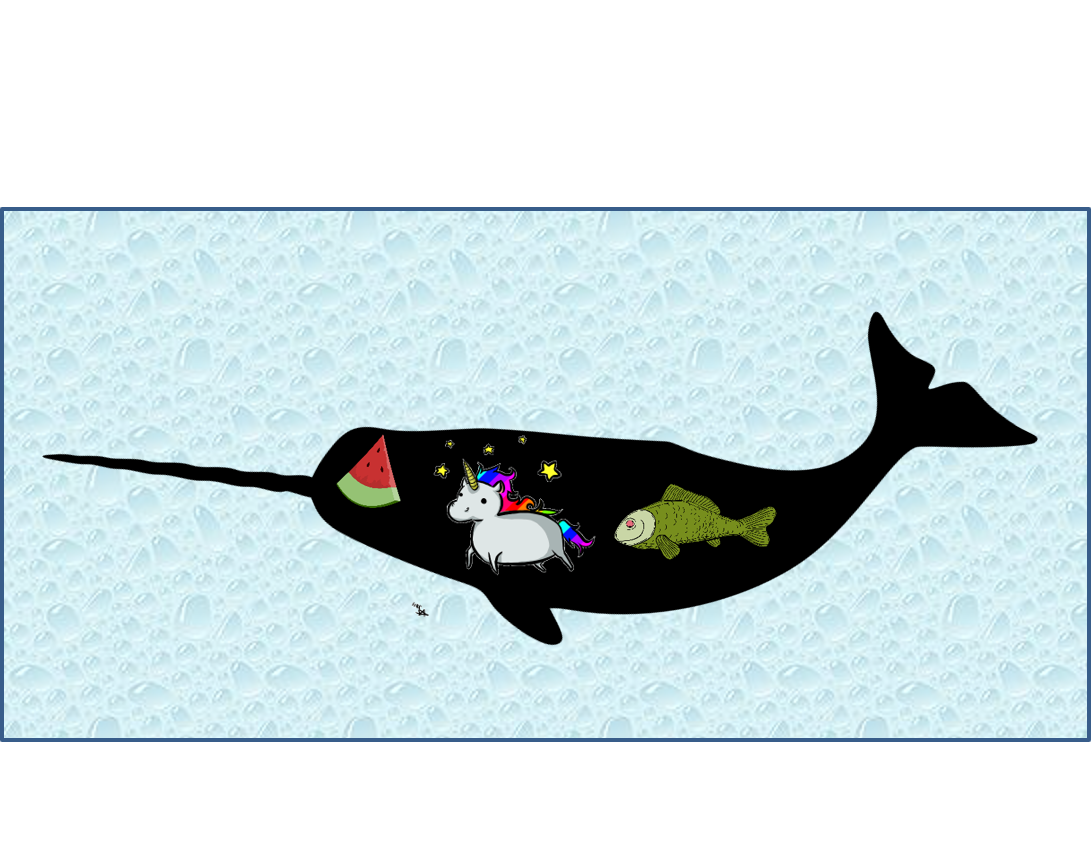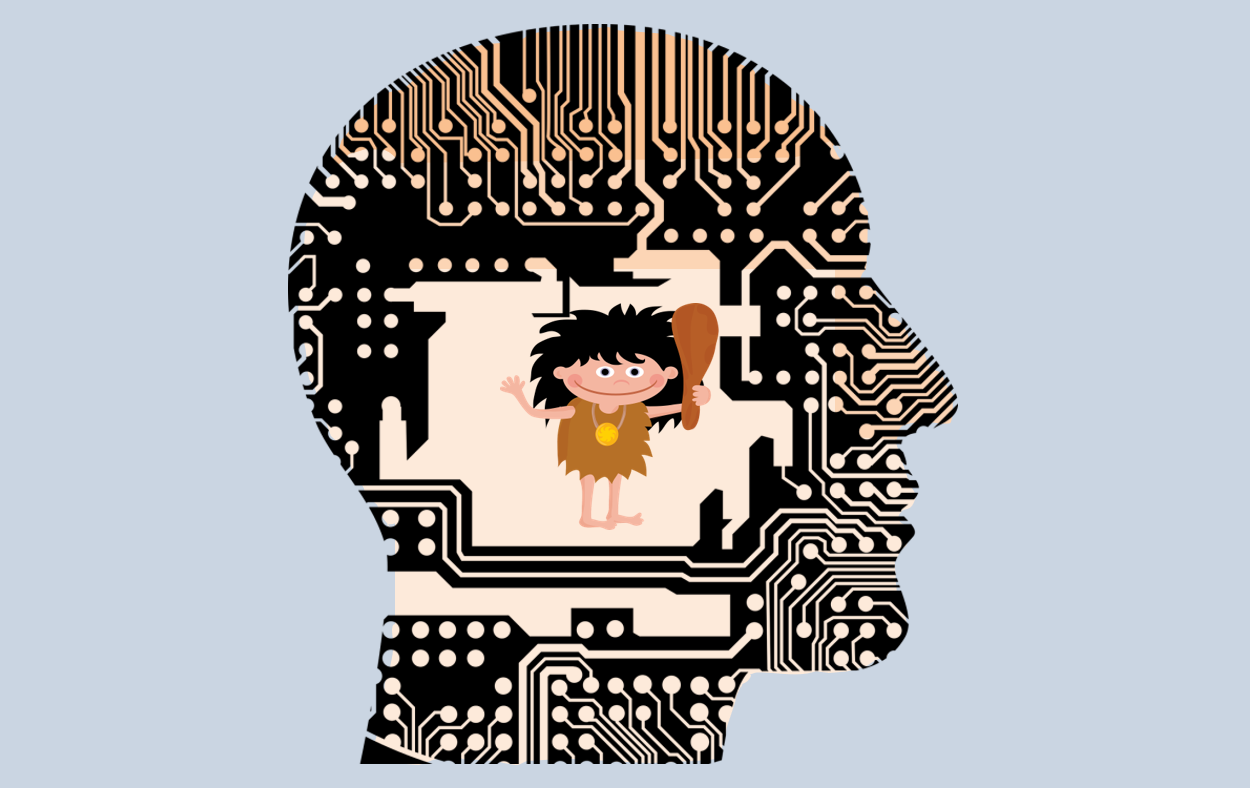Welcome to “chemicals and society”, where we highlight the current understanding of the biological effects and safety of some of the most common chemicals in today’s society.
Today’s Chemical: Glyphosate
What is glyphosate? Glyphosate is the active ingredient in Roundup, a herbicide which happens to be one of the most widely used in the world. There are several reasons why Roundup is so popular. It’s a very good herbicide, killing actively growing plants quickly with a single application. It also is relatively safe, because it targets an enzyme that plants have but animals do not (5-enolpyruvylshikimate-3-phosphate synthase, say that ten times fast!), and it doesn’t accumulate in the environment like many earlier generation herbicides. Another reason it’s popular is that many GMO crops are engineered to resists it’s effects, rendering it an ideal herbicide for control of weeds when growing these crops.
Glyphosate and Cancer. If you have heard of glyphosate recently, it probably because of reports that it causes cancer. So let’s start with this. Here’s the story:
When it was first approved for use, the data suggested that glyphosate posed no carcinogenic (cancer-causing) risk. As is always the case, scientists kept an eye on the data as the use of this chemical increased dramatically over the years. Some data seemed to indicate some cancer risk, while most did not. Health authorities in the United States, Japan, Canada, most of Europe, and many other countries do not consider glyphosate to be linked to cancer.
Welcome to Bad Science on the Internet! Here, we highlight some of the crazy and sometime dangerous stuff people post online, and then we give you the facts.
The bad science:
There are a lot of dubious supplements being sold online, and we could spend years discussing them one by one. However, Truehope deserves to be highlighted because of their over-the-top claims and the sad story behind it.
What do they claim?
Truehope is a supplement company that markets supplements specifically for the treatment of mental illnesses. The specificity of their claims is alarming. On their website, they don’t even bother to change the wording of their claims, just substituting one condition (like autism or bipolar disorder) for another:
“If you or your child suffer from [mental illness, mood disorder, or autism] and you want to address the cause effectively rather than “cover up” the symptoms with medication, Truehope EMPowerplus Advanced can help.”
“Extensive independent research shows that when the body and brain are provided with the essential nutrients found in EMPowerplus Advanced, they are able to function properly—often negating the signs and symptoms of [ADD-ADHD, autism, bipolar disorder, or depression].“
Are they trying to sell you something?
Of course. It will cost you about $80 per month for the EMpowerplus supplements.
Is any of this true?
No. There are some limited studies that suggest a small benefit for some of the listed disorders, however, if you actually look at the reports themselves (click on “Research”), you’ll note that all the reports they list call for larger, more thorough follow-up studies to be run to confirm the preliminary findings. Such studies have either not been run or been negative.
On top of that, their claims are wildly overstated – no one, not even the experts they quote on their website can reasonably expect that these supplements can “negate” that signs of autism, bipolar disorder, ADD-ADHD, or depression. This is a dangerous assertion, since you’ll notice that right on every bottle of EMpowerplus is a warning not use use this supplement with pychotropic (mood-altering) drugs without consulting a physician. No reasonable doctor (MD or DO) is going to treat these serious diseases with supplements only. That would literally be malpractice.
Supplements don’t “cure” diseases, and treating any illness with a nutritional supplement like this would only make sense if the disease was caused by a vitamin or mineral deficiency. It is extremely uncommon for persons in developed nations to suffer from serious nutritional deficiencies, and the mental illnesses that Truehope claims to treat are not known to be linked to vitamin or mineral deficiencies of any kind. For most of these diseases (autism and bipolar disorder included), modern medicine cannot offer a “cure” either. It is sufficiently difficult to treat the symptoms of the diseases listed above with the advanced pharmaceuticals of our day. The best you could hope for out of a nutritional supplement is a slight improvement on top of standard medical care. However….
Is any of this dangerous?
It could be. Most of the ingredients in this supplement are just standard essential vitamins and minerals with some amino acids (protein building blocks) and anti-oxidants thrown in. These are things you’ll get in most multivitamins. However, it contains a few other potentially dangerous ingredients. We can’t say for sure these are dangerous, because they don’t say how much is in there (it’s proprietary). However, it contains:
Welcome to Ask a Scientist, where we answer questions from our readers on a wide range of scientific topics. Got a scientific question? Drop us a line.
My coworker said that microwaves are bad for you and you should avoid using them. As evidence she stated that if you microwave dirt nothing will grow in the dirt, so microwaved food is similarly hazardous to your health. Is this true?- JK, Burlington, VT
Let’s ignore that fact that our coworker is microwaving dirt for some reason and talk about microwaves and microwave ovens!
Let’s start with the waves themselves. Microwaves are a form of electromagnetic radiation. While the term “radiation” scares some people, this is context it describes everything from radio waves to visible light to gamma rays. All electromagnetic waves have energy, but the amount of energy they posses depends on their wavelength. Gamma and X rays have the shortest wavelength and therefore the most energy, and these can hurt you. They can cause cancer at low levels and at very high levels (or doses), they can be fatal in just a few days.
Luckily, our atmosphere filters out most of the gamma and x ray wavelengths coming from space. However, lower wavelength light from the sun does make it to the surface of the earth in the form of ultraviolet (UV) and visible light. UV light, which has a shorter wavelength than visible light (and hence more energy) can be dangerous – it causes cancer over time as well, though all animals have adapted a system for repairing the damage it causes to our DNA that takes care of most of the damage. If the “dose” of UV light is high enough, it will burn you – something most of us have experienced as a sunburn.
Narwhals are kinda goofy looking, with big long “tusks” coming out of their heads. Back in the 10th century, Vikings used to sell these “tusks” to gullible Europeans claiming that they were the horns of the legendary unicorn. Today, we know the “tusk” is really an extra long canine tooth growing out of the narwhals head. Here are some other interesting narwhal facts:

Welcome to Ask a Scientist, where we answer questions from our readers on a wide range of scientific topics. Got a scientific question? Drop us a line.
One of my friends swears by the Paleo diet. Does this diet work? Should I try it? – JL, San Diego, CA
Thanks for the question. Let’s get right to it!
The so-called paleo diet is a modern fad diet in which people eat foods that were (supposedly) only available to cavemen during the paleolithic period of human evolution. The idea here is that cave man & cave women were in great shape and didn’t suffer from modern diseases like diabetes and heart disease. Adherents hold that humans evolved to eat this way and the rapid change to a diet high in cereals and dairy, fueled by modern agriculture, has led to all the obesity and many of the health problems we have today. Most modern paleo diets are high in fruits, vegetables, meat, seafood, nuts and seeds, while being low (or containing no) cereals, grains, dairy, legumes (including peanuts), salt and potatoes.
So before we get to whether the diet “works”, let’s talk about the theory around it. Did humans evolve to eat like the hunter-gatherers of the paleolithic age? Was this diet preventing diabetes and heart disease while keeping them in great shape? Do we even know what people form the paleolithic age ate? The answer to all of these questions, I’m afraid, is a resounding no.

Let’s start with the paleolithic age itself. It was very different from our time, and things really weren’t as simple as a bunch of folks living in caves gathering food. The paleolithic age lasted about 2.5 million years, and only ended 12,000 years ago. It ended with the invention of modern agricultural practices (farming and raising livestock). During most of the paleolithic, there were no humans – at least no homo sapiens. Instead there were homo habilis, who were quickly replaced by homo errectus, who were in turn pushed aside by homo neanderthalensis (Neanderthals), who were then usurped by our crafty homo sapien (modern human) ancestors. Homo sapiens have only been around for 300,000 years, and the Neanderthals went extinct only about 40,000 years ago. These humanoids were well into the paleolithic age before they figured out how to cook anything with fire, and fishing using anything other than spears was only invented about 20,000 years ago. The modern continents were generally similar to today (give or take 50 miles), but they were alternatively covered in huge glaciers during successive ice ages. There weren’t many of these humanoids around (at most 1 per square mile), and they also didn’t live very long. Infant and child mortality was very high, such that the average person only lived to about 30 years old. However, if you made it to 15, you could expect to live about 50 years.
We don’t know much about what the humanoids ate back then, but you can be pretty sure there wasn’t much variety in most places. Remember there is no agriculture yet, and no trading or significant food storage. People ate what was around them. In some places that might have been mainly fish, in some places (particularly northern latitudes), it was mainly meat, while in others is was mainly fruits and berries. Many foods we take for granted now and some might consider “paleo” were very different from those of today (many wild nuts and tubers were poisonous), restricted to very small areas (squash and pumpkins were only in Mesoamerica, carrots only in the Middle East, watermelons in southern Africa), just weren’t eaten yet (most beans), or simply didn’t exist (broccoli, cabbage, and cauliflower). The same is true for the meat people ate – for almost all people of the paleolithic period, big game hunting was out of the question – it was simply too dangerous using only spears. Pork and beef were almost never eaten. Instead, meat probably came form small animals. To make things more complicated, there is evidence that some human paleolithic populations did in fact eat some legumes, and even dairy (definitely from reindeer, maybe other animals).

If you add it all up, there is no way a modern paleo diet is representative of an actual paleo diet – there is too much variety, and it includes too many things that true “caveman” would never have seen in his or her life, much less eaten. This effectively debunks the argument that humans evolved to eat this diet so it must be healthier, since the two diets have little in common. Plus, this assumes that humans haven’t evolved in the last 12,000 years (almost 500 generations), which is silly – that’s plenty of time for significant changes in the function of the human digestive tract to adapt to our new diets.
So is it true that this diet will prevent modern “diseases of affluence”? This is also almost certainly untrue. There are a host of reasons people didn’t get diabetes and heart disease back in the paleolithic age – mainly because they didn’t live long enough, but also because people were very active (hunting and gathering) and exercise is extremely beneficial in the prevention of these diseases. Also, who’s to say that some of the older paleo humans didn’t get diabetes and heart disease? Without modern medicine, they would have quickly died, and their death would have been indistinguishable from any other ailment of the time.
Will it help you lose weight? That all depends. As UYBFS often depressingly reminds you, there is one, and only one way to lose weight, and that is to eat fewer calories than you burn. If you cut your calories and/or increase your amount of exercise, you’ll lose weight on this diet and almost any other. If you eat 3,000 calories of meat and berries a day while sitting on your couch, you will gain weight just as fast as you would eating the same calories from McDonald’s.
Fear not, JL, it’s not all bad news! For the most part, the paleo diet is a healthy one. A diet high in fruits and vegetables with little to no processed food is a great idea, so as diets go, it’s not a bad one to try. Just keep in mind that you still have to watch your calories if you want to lose weight. As with all diets, you’ll do better if you add regular exercise. The only caution is that the strict paleo diets tend to be very low in calcium, which can be dangerous, particularly for women. This is easily remedied with by taking a calcium supplement. I know, I know, cavemen didn’t have calcium supplements, but there is a reason you don’t see a lot of cavemen around these days – we know a lot more about health an nutrition than they ever did.
So what’s the bottom line? The paleo diet can be a healthy alternative to diets high in processed foods and simple sugars, which are risk factors for metabolic disorders like obesity and diabetes. Add in some exercise and calcium supplements and it could help you lose weight and feel healthier. However, don’t buy into the “eat like a caveman” thing, and don’t let anyone tell you people evolved to eat a chicken stir fry with kale, zucchini, olive oil and lemon. This sounds healthy – and it is – but it would have been impossible for a paleolithic age human to eat. The modern chicken didn’t exist yet (if you lived in southeast Asia, you could have eaten it’s progenitor, the red junglefowl), kale didn’t exist yet, nor did zucchini (and it’s ancestors could be found only in Mesoamerica), and nowhere on earth could you have found both lemon and olives in the same place. You get the point.

Every year millions of people world-wide cut down a perfectly good conifer and welcome it into their home for Christmas. There is a lot of information out there on issues from the ecological impact of using a live vs artificial tree to how to keep your tree looking “fresh” the longest. Here’s a quick look at the science of Christmas trees!
Am I doing the right thing?

Many argue an artificial tree is better for the environment as you’re not cutting down a living tree; however, artificial trees need to be manufactured (usually using plastics and metal) which comes with a completely different host of environmental issues. To make a positive impact on the environment, you’ll need to use the same tree for at least 8 years, and maybe as long as 20 years in order to offset the environmental impact of building and transporting an artificial tree.
In some places (cities, or areas with no local tree farms), an artificial tree makes good sense, despite your grandmother’s disapproval of not having a “real” tree.
The best place to get a tree is at a tree farm. If you don’t have one anywhere near your house, it may be time to make an 8-20 year commitment to an artificial tree. If you are lucky enough to live with a tree farm near by, environmentally speaking, a real tree is the way to go. We all know that trees are good for the environment: eating up carbon dioxide and producing oxygen all the while providing a habitat for all sorts of cute critters. By supporting a sustainably managed tree farm, you can minimize your impact on the environment and still get a great natural tree.








